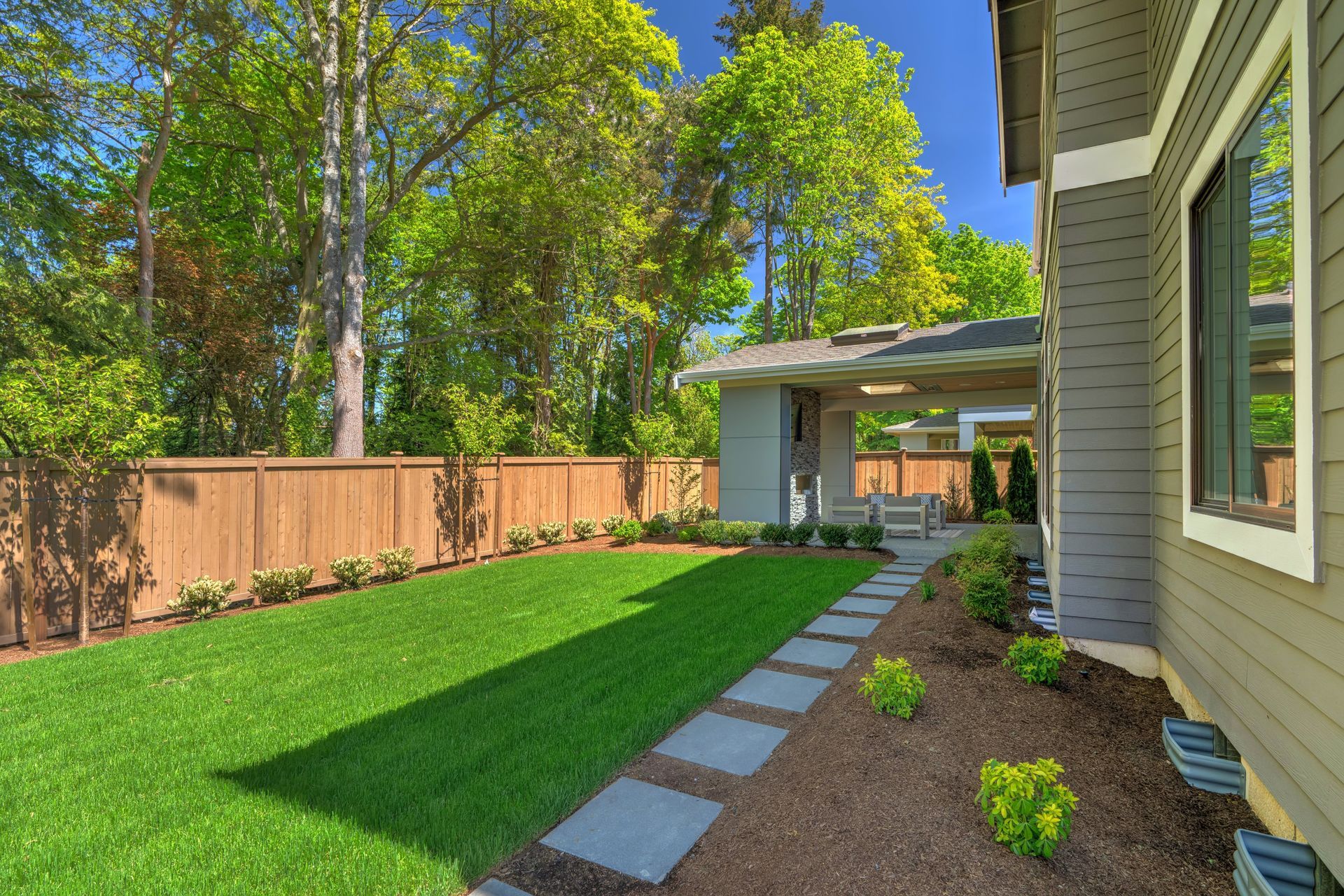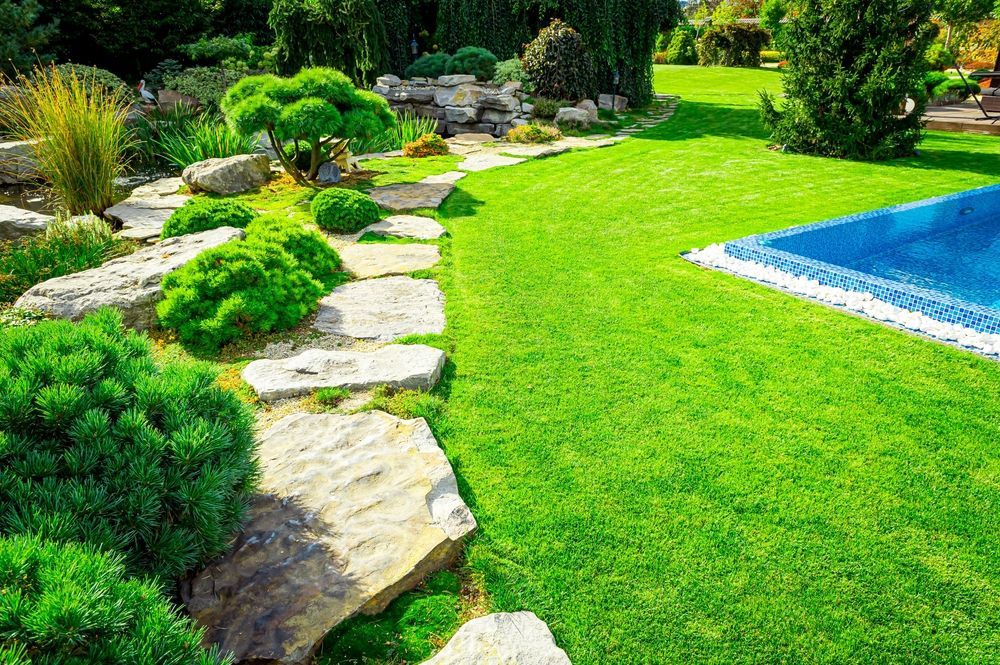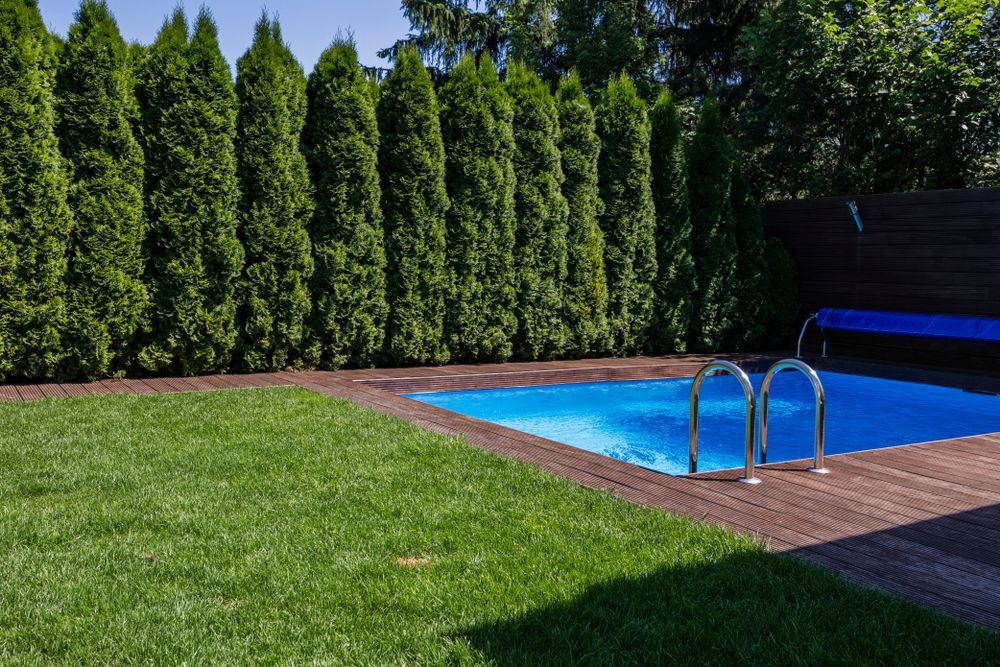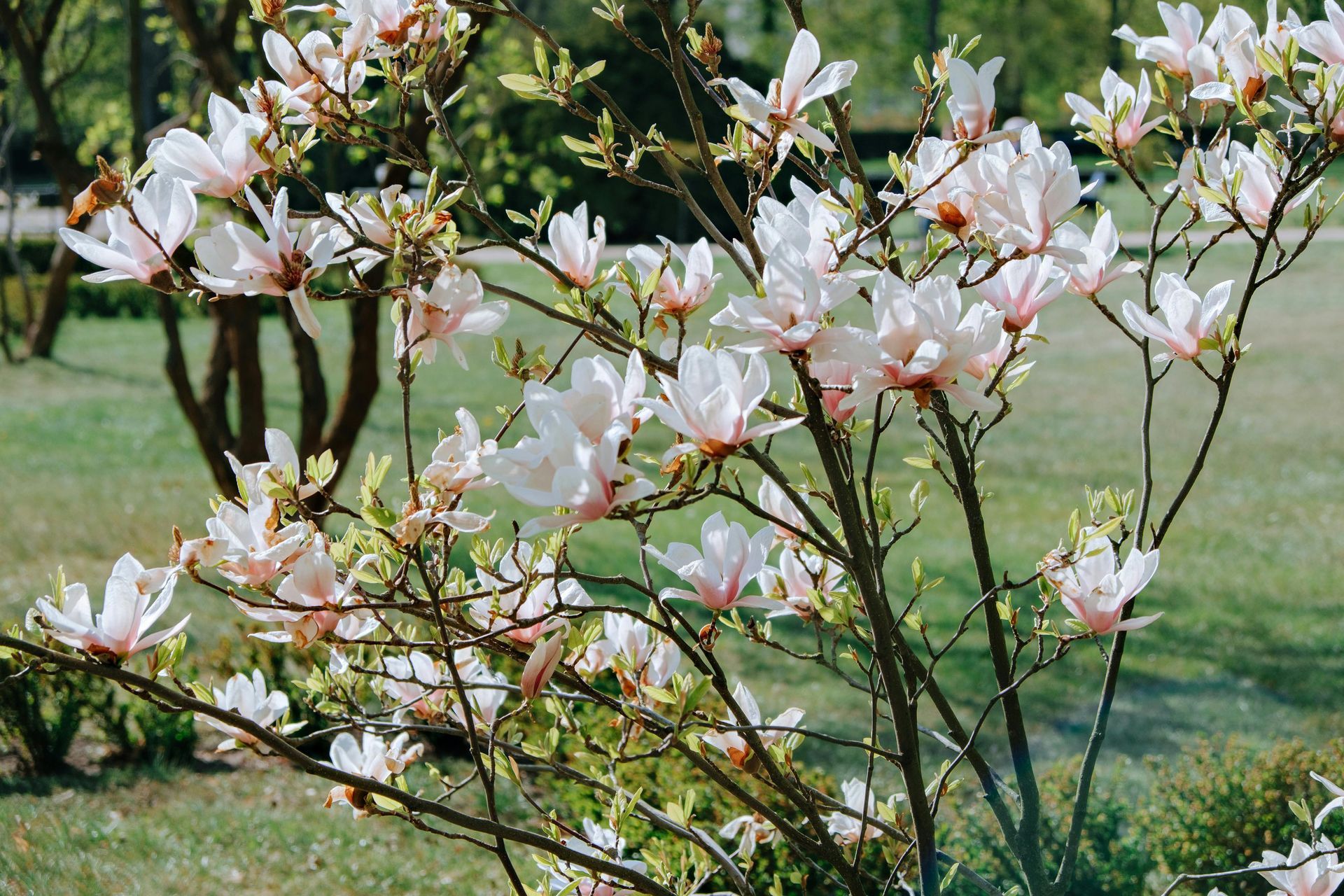Tree Planting Guide: How to Do It Right
Tree planting is one of the simplest and most impactful ways to improve your yard and give back to the environment. Whether you’re creating shade, supporting local wildlife, or adding beauty to your landscape, knowing how to plant a tree correctly ensures long-term success.
Planting a tree isn’t just about digging a hole, it’s about choosing the right tree for the right place and giving it the care it needs to grow. In this guide, we’ll break down the benefits of planting trees, how to choose the right one, and the steps to plant and care for it properly.
Why Planting Trees Matters
Environmental Benefits of Planting Trees
- Trees absorb carbon dioxide and release oxygen, helping combat climate change.
- Their root systems reduce soil erosion and filter rainwater.
- Trees provide shelter and food for birds, bees, and other beneficial wildlife.
Practical Benefits for Your Property
- Shade trees reduce summer cooling costs by blocking heat.
- Trees increase property value and enhance curb appeal.
- Strategically planted trees reduce wind exposure and noise pollution.
Choosing the Right Tree for Your Yard
Know Your Space and Conditions
Before you start, consider the full size your tree will reach. Check for overhead power lines, underground utilities, and proximity to structures.
Match the Tree to Your Soil and Sunlight
Some trees thrive in full sun, while others prefer partial shade. Understanding your soil’s drainage and composition helps determine what species will grow best.
Use Native Trees Whenever Possible
Native trees are better adapted to local weather, require less maintenance, and support more native insects and birds. Talk to a local landscaping expert for recommendations.
How to Plant a Tree Step-by-Step
1. Dig the Right Size Hole
Dig a hole 2–3 times wider than the root ball but no deeper than its height. The goal is to loosen the surrounding soil without burying the roots too deeply.
2. Prepare the Roots
If the tree is in a container, gently remove it and loosen the roots—especially if they’re circling. This encourages outward growth into the surrounding soil.
3. Set the Tree at the Right Height
Place the tree so the root flare (where the trunk widens at the base) is at or slightly above ground level. Planting too deep can lead to rot and poor root development.
4. Backfill with Care
Use the same soil you dug out to fill in the hole. Tamp it gently to remove air pockets but avoid compacting it too tightly.
5. Mulch Properly
Apply 2–3 inches of mulch around the base, keeping it 2–3 inches away from the trunk. Mulch helps retain moisture and suppress weeds, but avoid “mulch volcanoes.”
Tree Care Tips After Planting
Water Deeply and Regularly
For the first 1–2 years, water your new tree weekly, more often in hot weather. Deep, slow watering is best to encourage deep root growth.
Don’t Overdo the Fertilizer
Most new trees don’t need fertilizer right away. Focus on good watering and mulch—overfeeding can actually stress the tree.
Keep an Eye on Growth
Watch for signs of stress like wilting, discoloration, or poor leaf growth. Prune sparingly in the first year and remove only dead or damaged branches.
Get Expert Help with Tree Planting
Planting a tree may seem simple, but doing it right makes all the difference. At Dusty's Tree & Landscape Service, we help homeowners select, plant, and care for trees that thrive for generations. Whether you're planning a single backyard tree or a full landscape project, we’ve got the tools and experience to help you succeed.
Ready to Grow Something That Lasts?
Tree planting is more than landscaping; it's an investment in your property and the planet. With a bit of planning and proper care, your tree can become a valuable, lasting part of your outdoor space. Start small, dig deep, and grow something amazing.
Frequently Asked Questions About Tree Planting
When is the best time to plant a tree?
The best time to plant a tree is during the dormant seasons—early spring or fall—when the weather is cooler and the tree can establish roots before the stress of summer heat or winter frost. Fall is often preferred in many regions because of increased soil moisture and lower evaporation rates.
How often should I water a newly planted tree?
Water your new tree deeply once or twice a week during the first two years, depending on rainfall. The goal is to keep the root zone consistently moist but not waterlogged. Adjust frequency during drought or heat waves.




